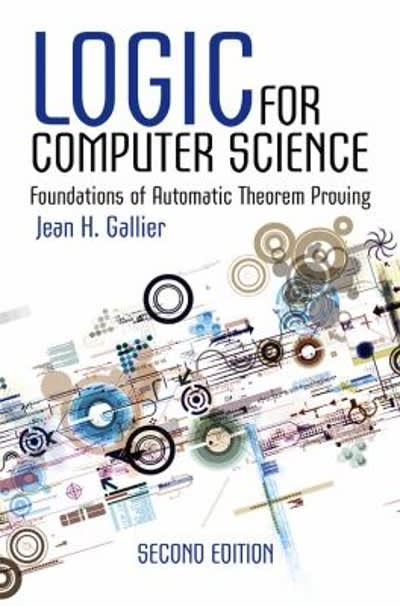Question
1. Use examples to distinguish between discrete and continuous data. Explain why each example is appropriate for the concept it is illustrating. 2. Describe an
1. Use examples to distinguish between discrete and continuous data. Explain why each example is appropriate for the concept it is illustrating.
2. Describe an example of a simple probability experiment. Identify the random variable and the possible values it could take on.
3. Provide a complete example of a discrete probability distribution. Show the possible values of the random variable and associated probabilities, and explain how the example meets the criteria for a probability distribution.
4. Calculate the expected value of the probability distribution used as an example in question 3. Show the calculations.
5. Provide an example of a binomial experiment. Explain why the example meets the requirements of a binomial.
Step by Step Solution
There are 3 Steps involved in it
Step: 1

Get Instant Access to Expert-Tailored Solutions
See step-by-step solutions with expert insights and AI powered tools for academic success
Step: 2

Step: 3

Ace Your Homework with AI
Get the answers you need in no time with our AI-driven, step-by-step assistance
Get Started


